Me, Daniel and Chris ventured out on New Years Day to hunt a local pond 2 miles North of Concord, NC. Chris has hunted this pond for several years, however the pond we usually hunt was almost dried up so we hunted the larger pond just above it. This pond is a little harder to hunt since it is so much bigger. There is no telling where the ducks would hit the water. Chris decided to give it a shot. He called me & Daniel to come out to try to hunt the pond for the first time this season. Without hesitation we were game!
We all gathered our gear, loaded up Drake, Chris’ retriever, and headed out. We set up on one end of the pond using the wind to kind of help us figure out where they would try to come in at. We had the decoys in the water, guns loaded & Drake was ready. It seemed like it took forever for the sun to come up with the clouds above head. They were calling for rain all day and we hoped it would hold out for the morning hunt.
All of a sudden 4 Mallards came soaring in over head and it was on! BOOM BAM WHAM POW! Only one of the four left the scene of the crime. Drake was jacked up and wanted to get in the water so bad that Chris let him retrieve one duck quickly to make the young pup happy and try to calm him down for a bit longer. He was wired and ready to go.
About 15-20 minutes later another group of 3 Mallards came in almost knocking our hats off! We quickly through up and when it was all over… 3 more ducks floated on the pond.
Chris sent Drake in and he recovered all of the ducks in no time. The very last duck he brought happened to be wearing some jewelry… yes, we had a Banded Mallard! It’s not very often we come across banded birds here in southern NC so this was like harvesting a 12 point buck! We called in the band and this is the info we recieved on the duck:
“The North American Bird Banding Program
Bird banding is important for studying the movement, survival and behavior of birds. About 60 million birds representing hundreds of species have been banded in North America since 1904. About 4 million bands have been recovered and reported.
Data from banded birds are used in monitoring populations, setting hunting regulations, restoring endangered species, studying effects of environmental contaminants, and addressing such issues as Avian Influenza, bird hazards at airports, and crop depredations. Results from banding studies support national and international bird conservation programs such as Partners in Flight, the North American Waterfowl Management Plan, and Wetlands for the Americas.
The North American Bird Banding Program is under the general direction of the U.S. Geological Survey and the Canadian Wildlife Service. Cooperators include the U.S. Fish and Wildlife Service, Mexico’s National Commission for the Knowlege and Use of Biodiversity and Secretary of the Environment and Natural Resources; other federal, state and provincial conservation agencies; universities; amateur ornithologists; bird observatories; nature centers; nongovernmental organizations such as Ducks Unlimited and the National Audubon Society; environmental consulting firms and other private sector businesses. However, the most important partner in this cooperative venture is you, the person who voluntarily reported a recovered band. Thank you for your help.
Age of Bird: Hatched in 2012
Banded in Komoka, Ontario, Canada
Banded on October 26, 2012″
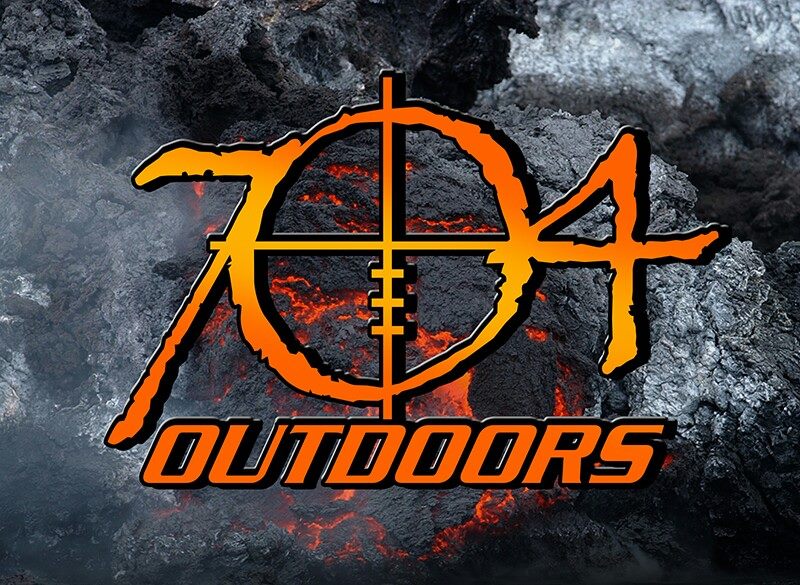
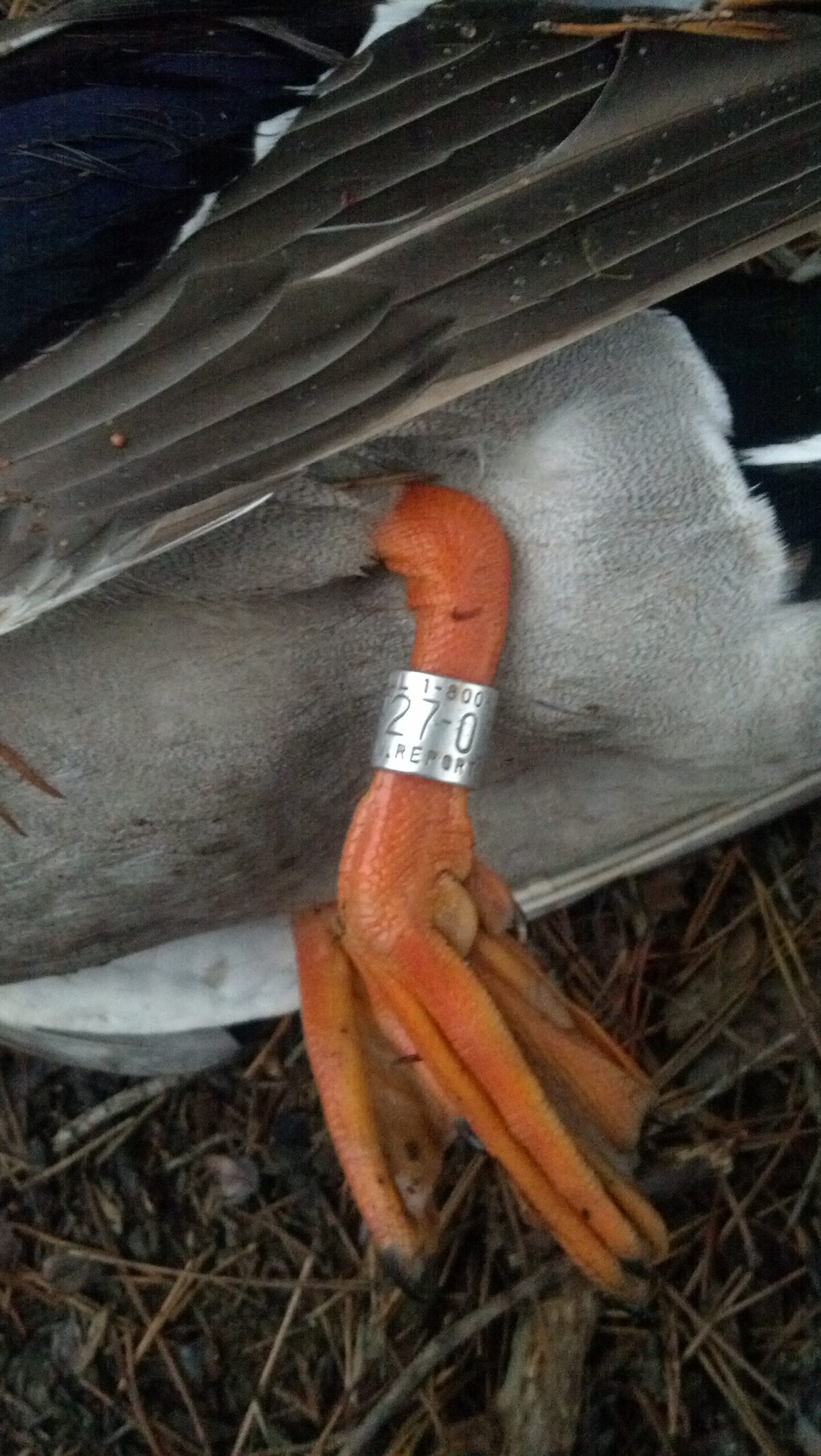
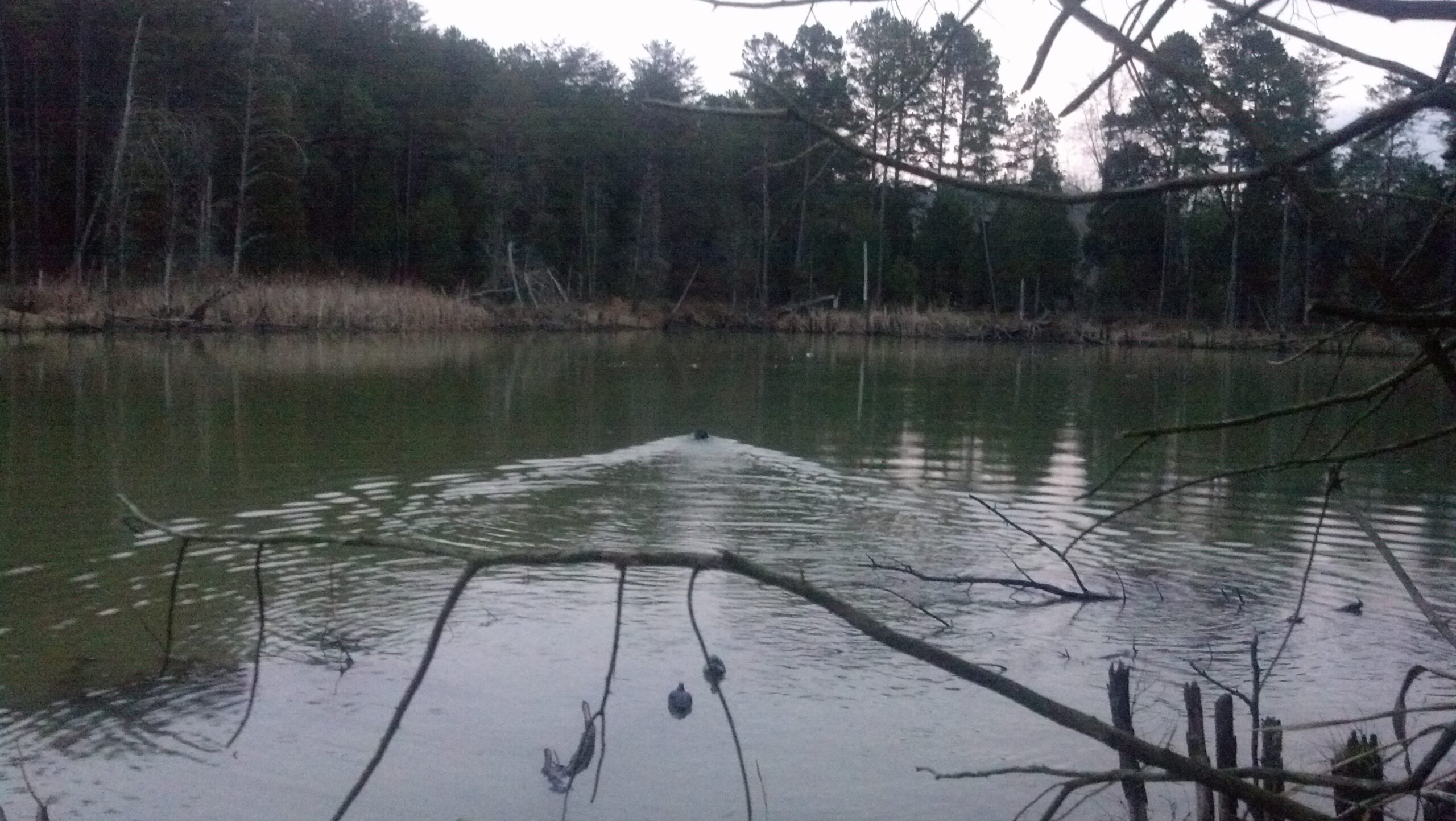
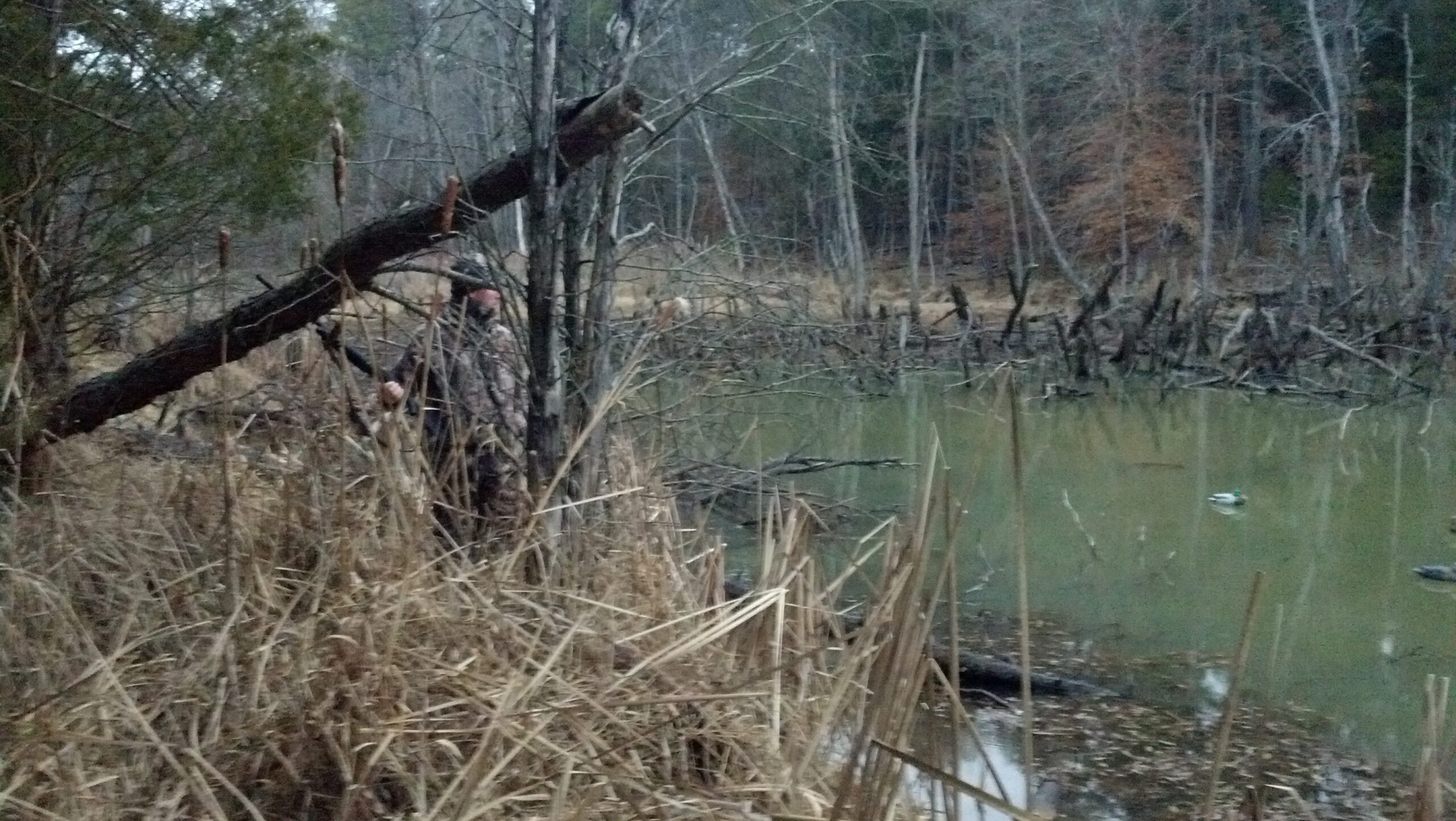
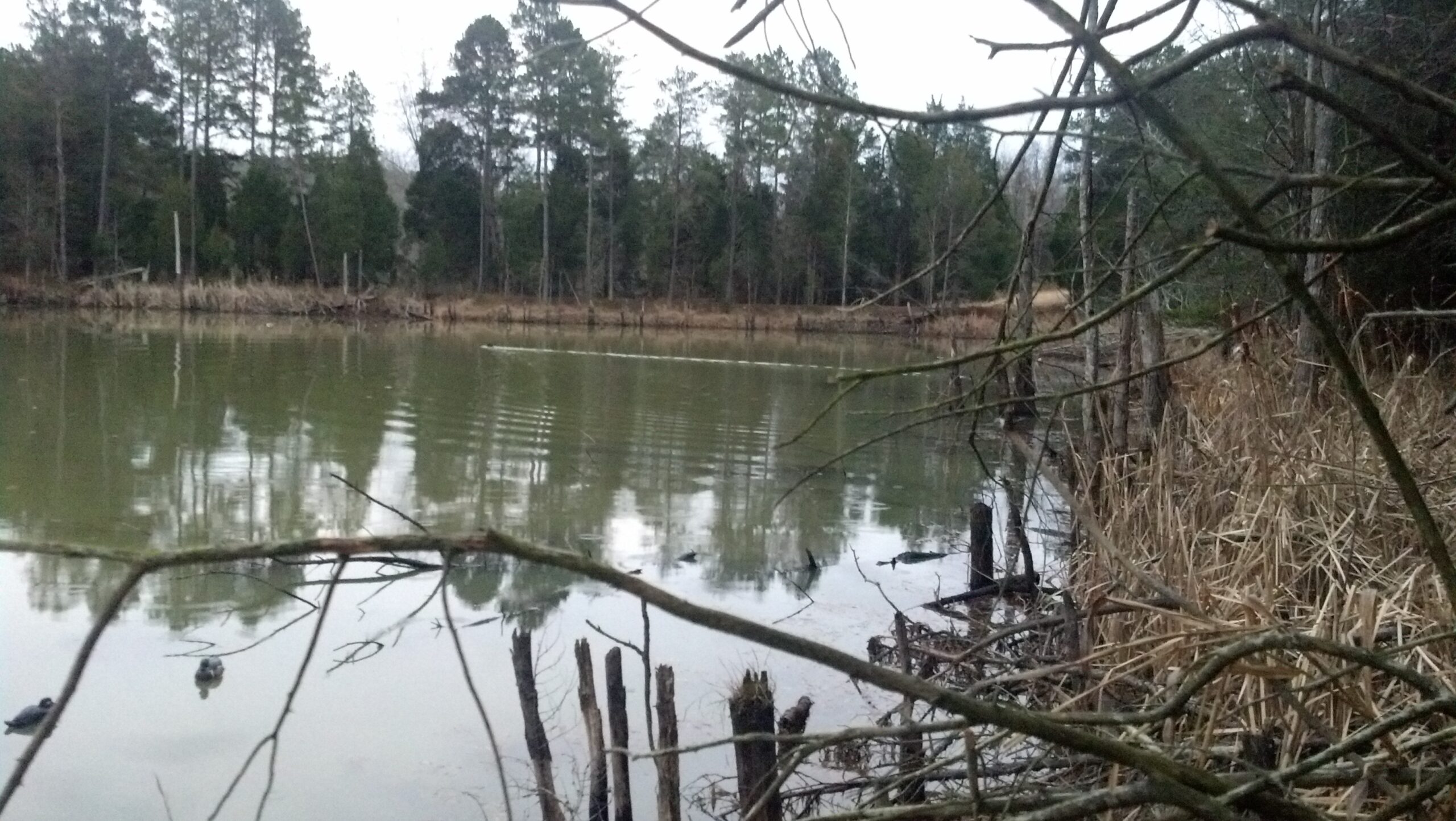

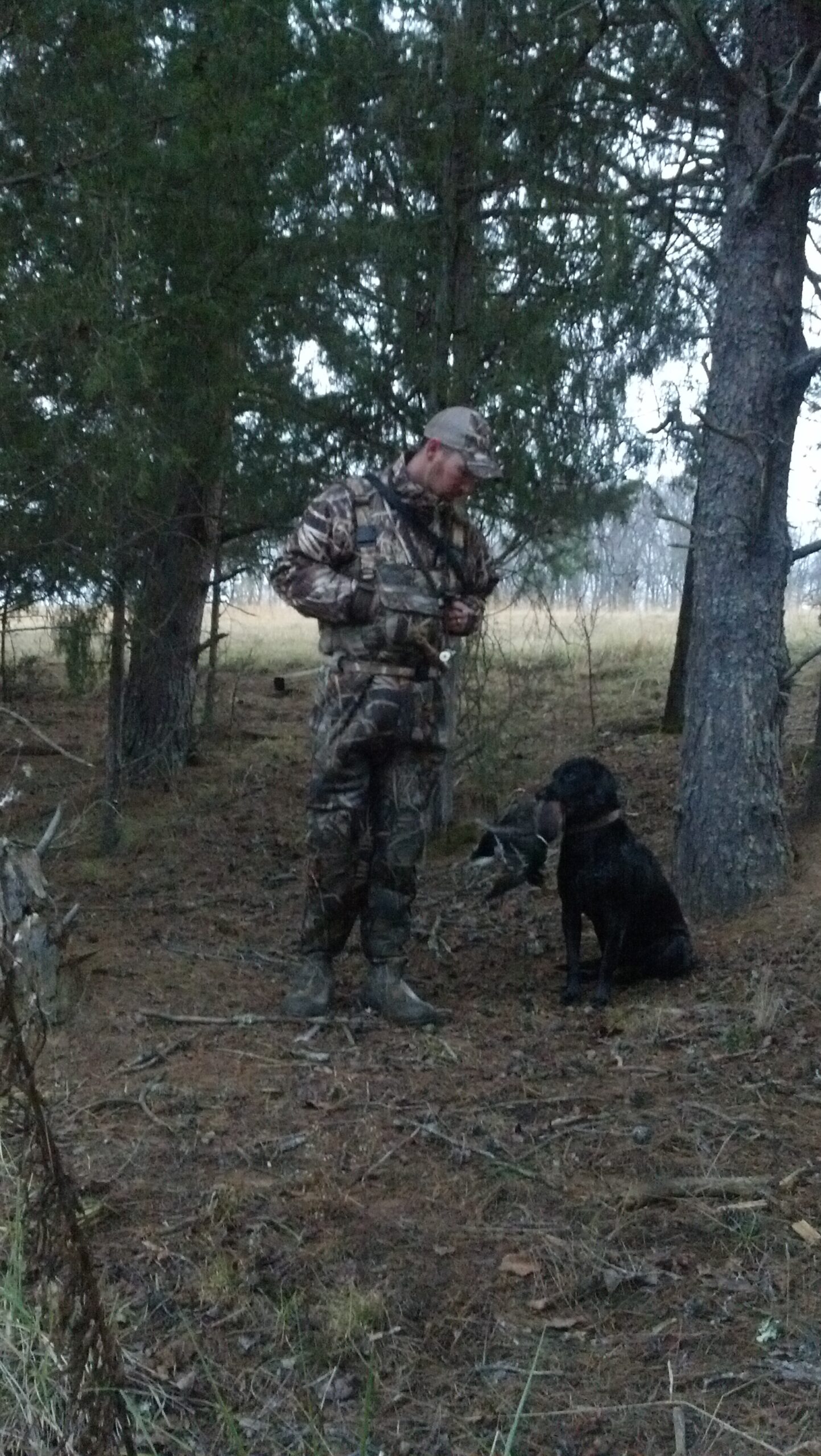
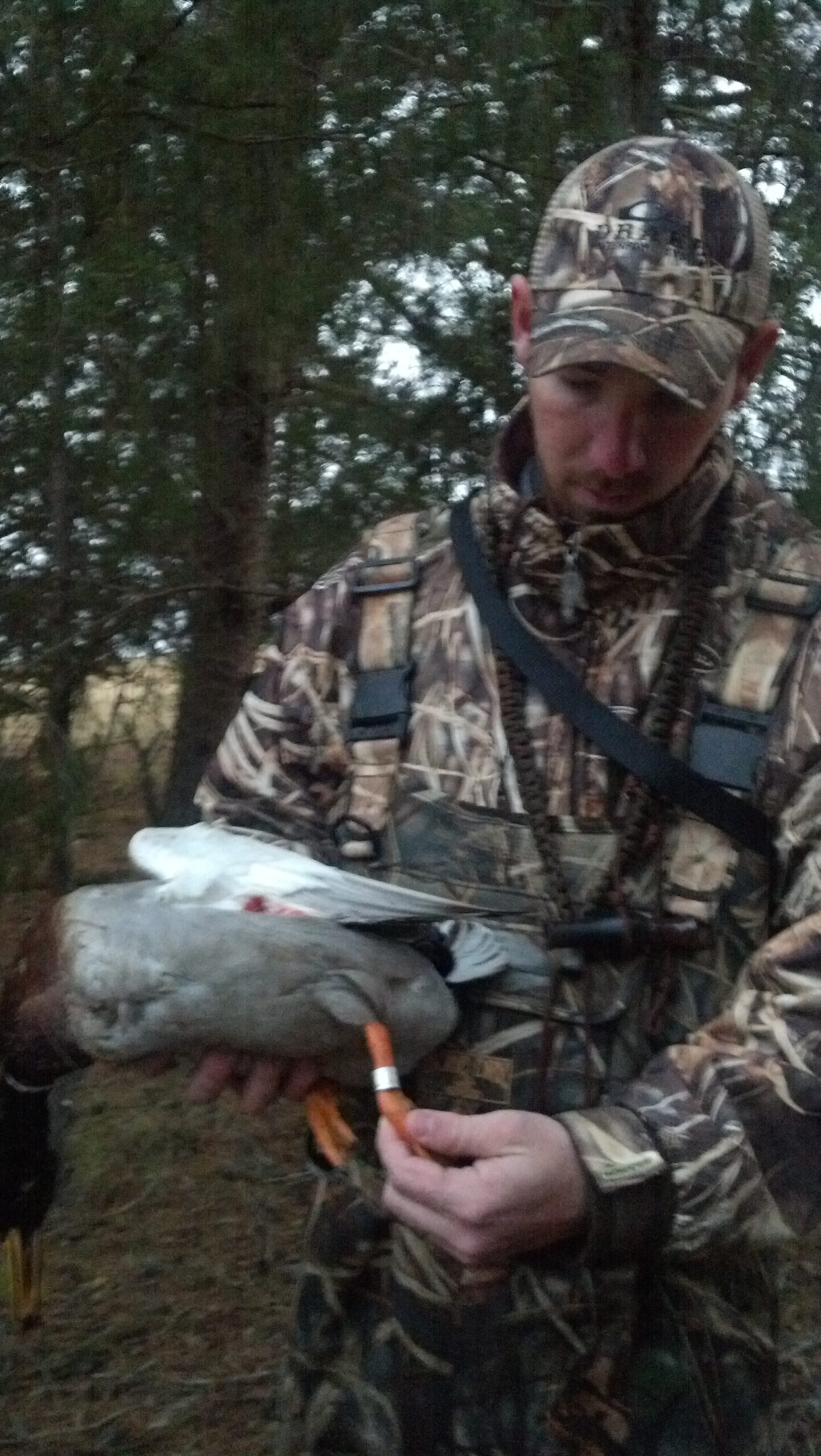
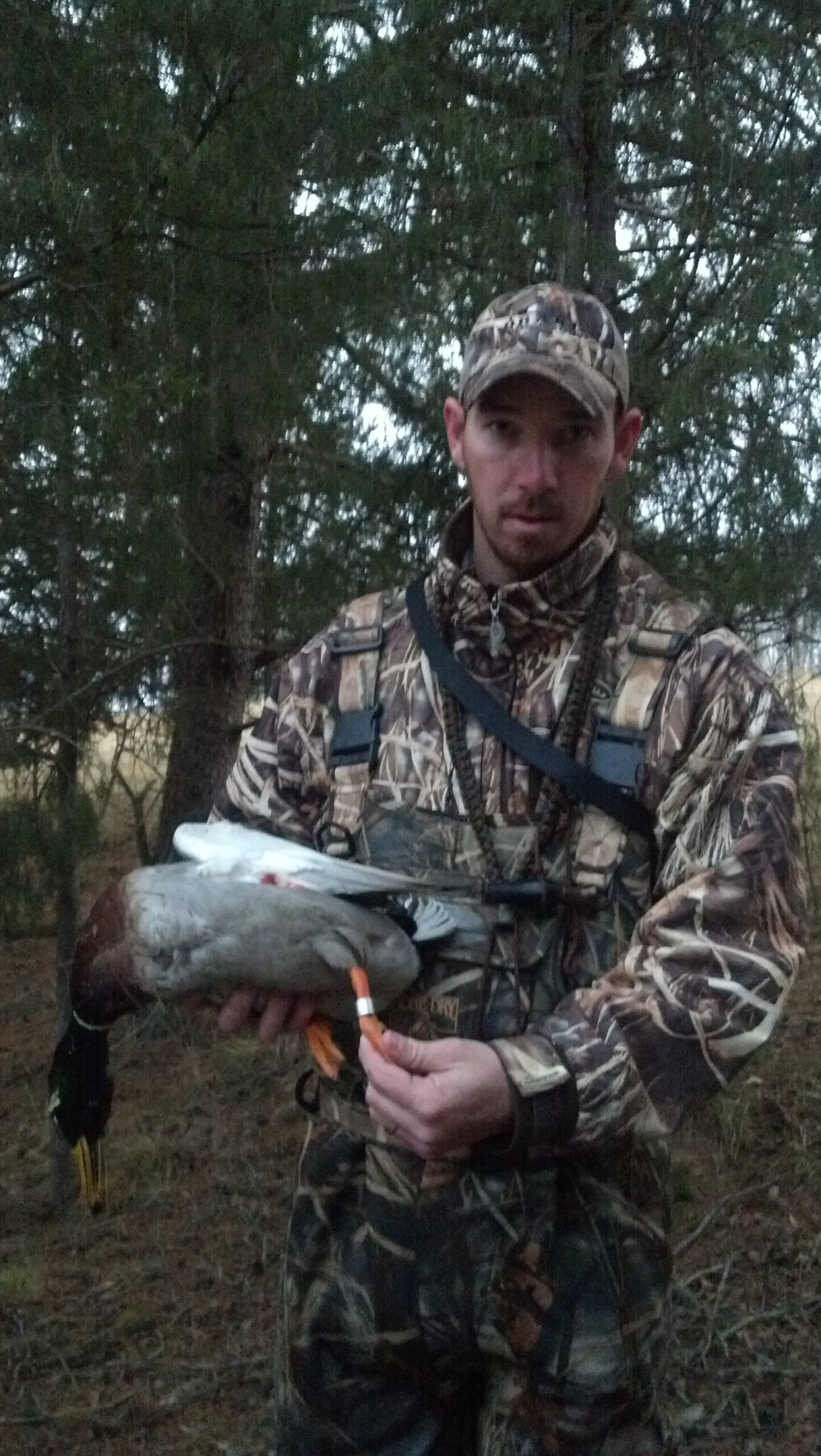
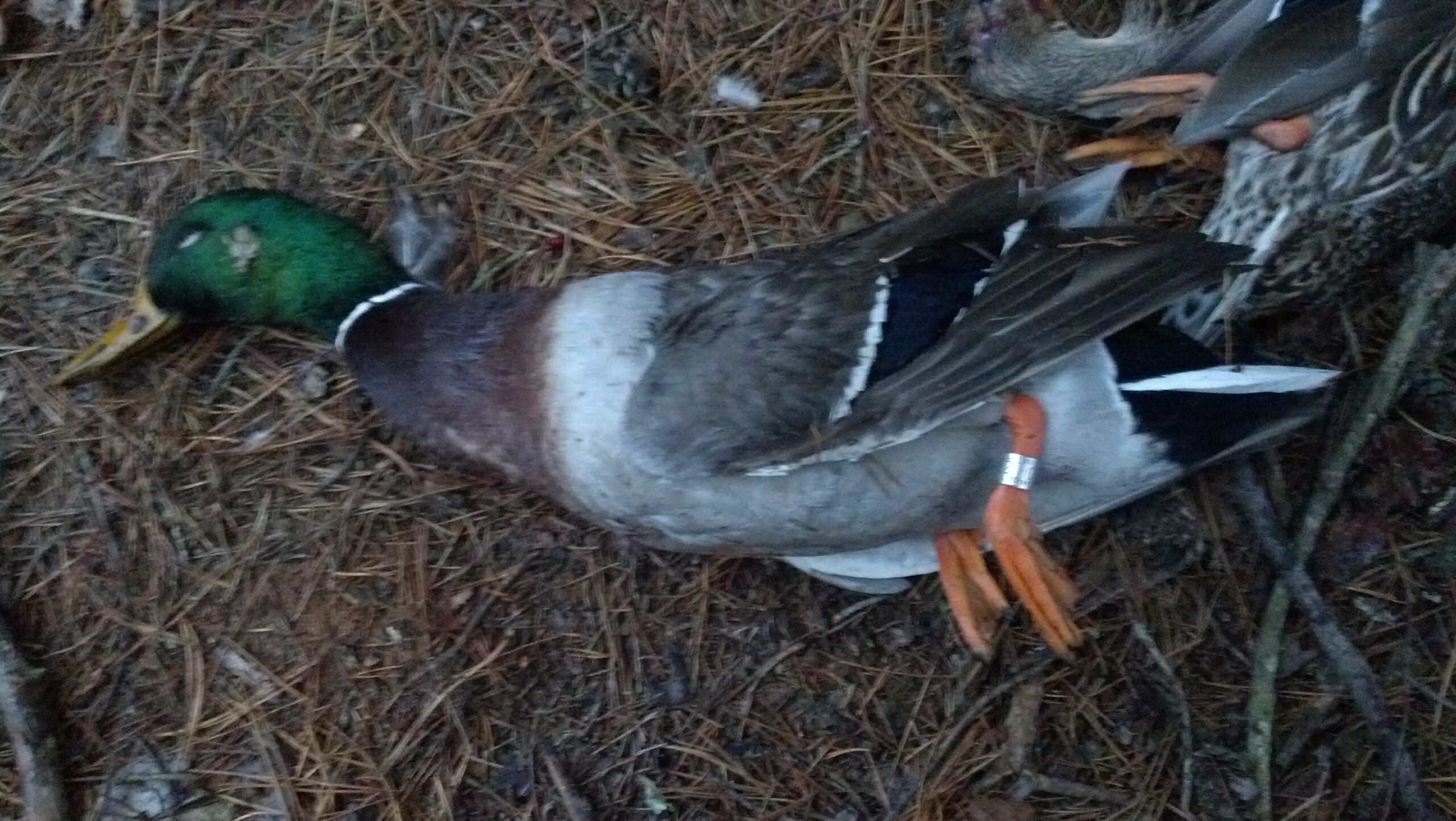

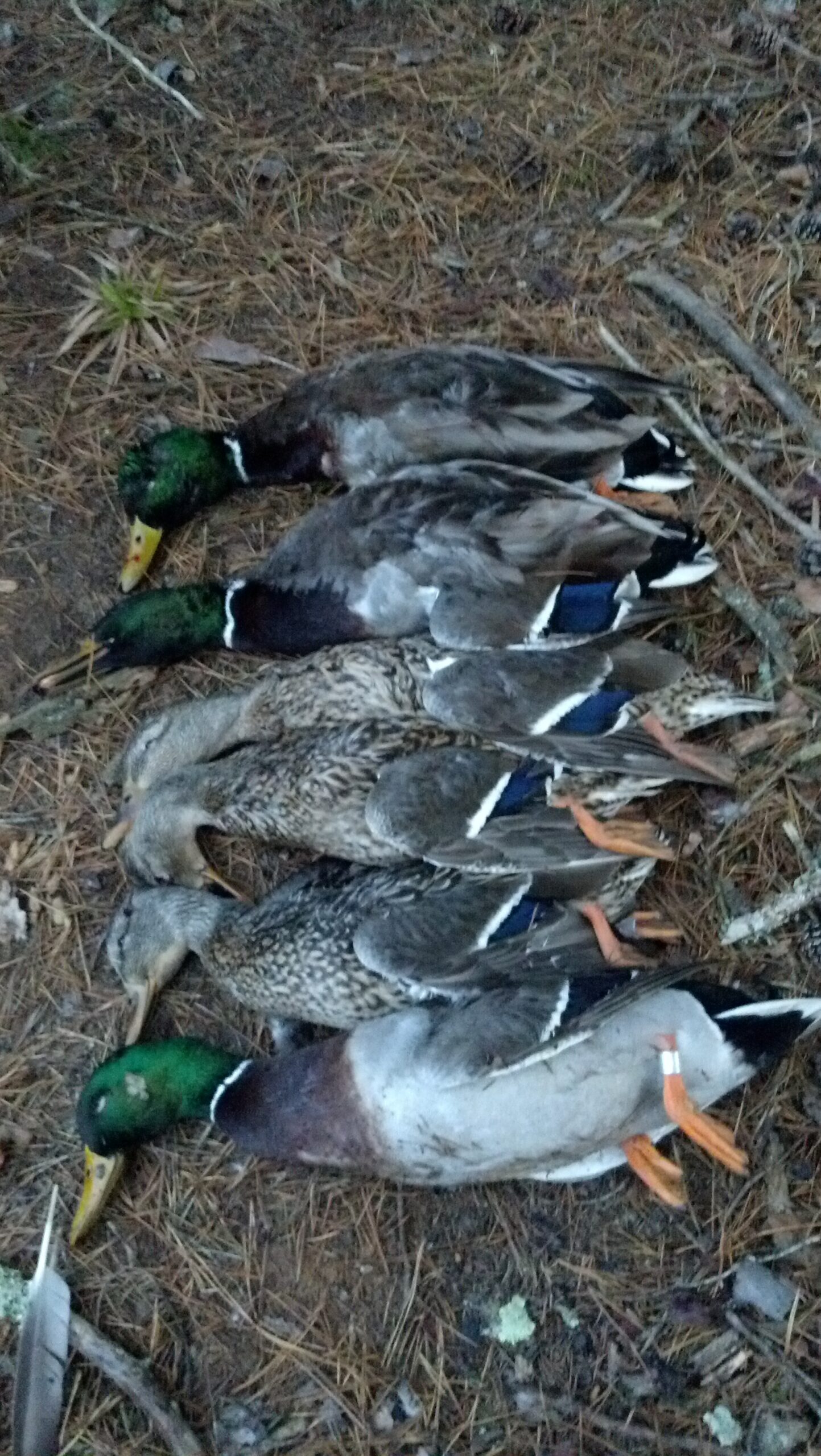
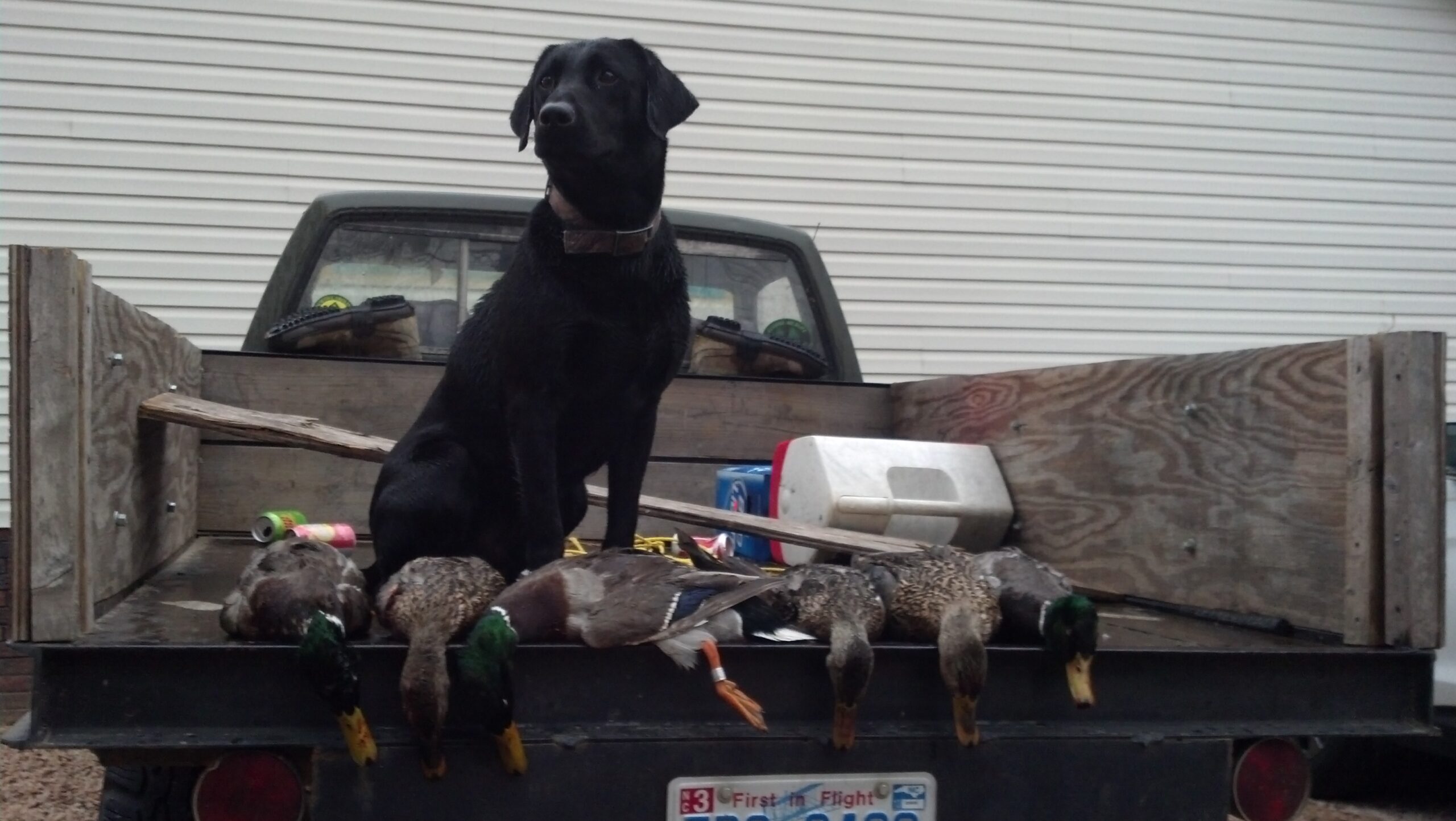


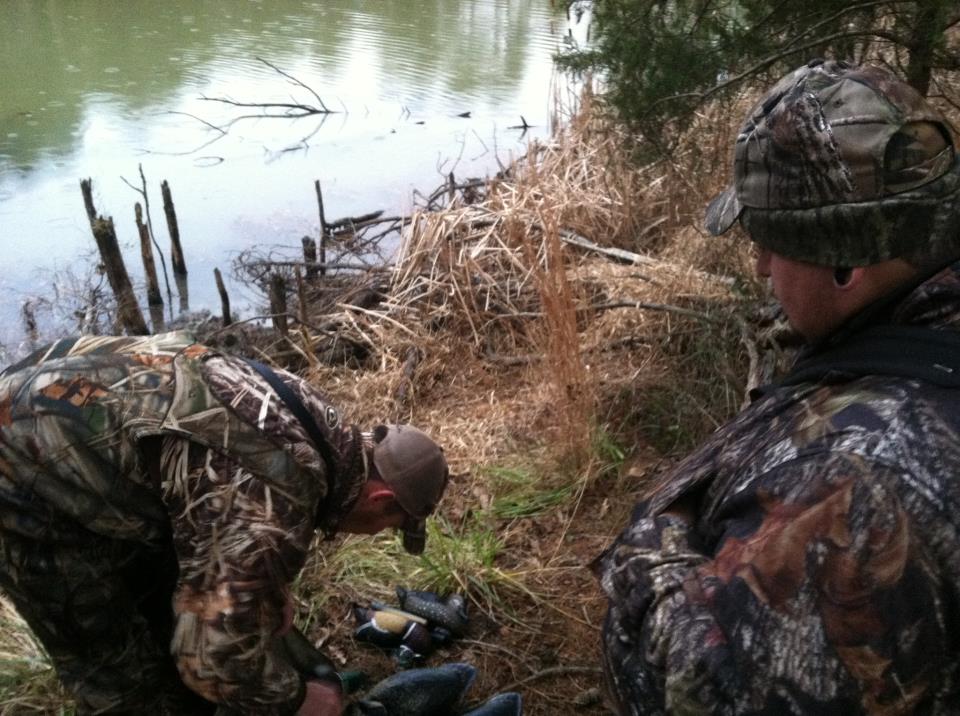
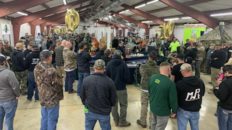
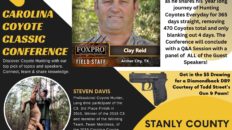

Add comment